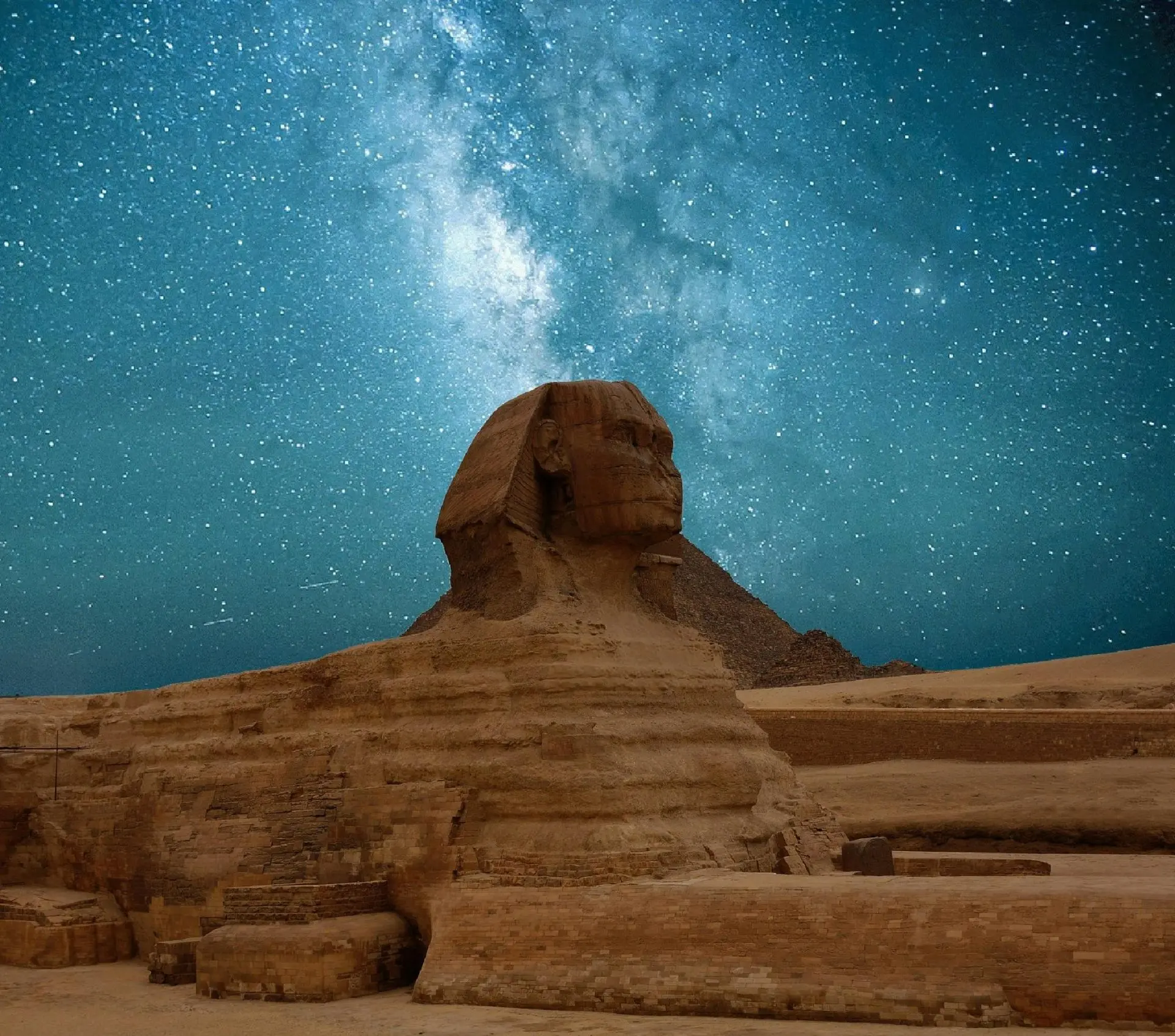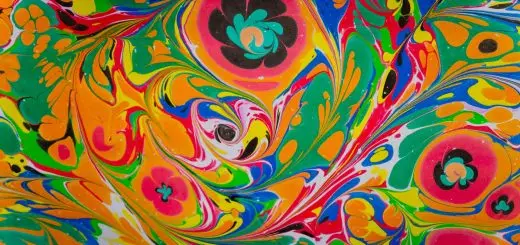Do Witches Still Practice Today?

Looking for more amazing products? Check out our online store and explore our collection here! Happy shopping!
Before diving in, please note: This post is for informational purposes only. If you’d like to know more about how we approach topics, feel free to check out our friendly Disclaimer Page.
Hey there, amazing readers! 
We’re committed to delivering quality posts, and your support (even just sticking around despite the ads) means everything to us. So, bear with us, and thanks for helping us keep the good vibes rolling. Now, on to the fun stuff!
TRANSLATE BUTTON AT THE END OF THE ARTICLE
A Quick Overview
Witchcraft has a long and colorful history, and many people wonder if it’s still relevant today.
The answer is a resounding yes!
Witches and practitioners of various forms of magic exist in diverse communities around the globe.
This article dives into modern witchcraft, its practices, and how it resonates with contemporary values.
Let’s embark on this mystical journey to see how witchcraft has transformed and thrived in modern society.
The Fascinating History of Witchcraft Through Ages
The history of witchcraft is as rich as it is complex.
From ancient civilizations to the European witch hunts, the perception of witches has evolved tremendously.
In ancient cultures, witches were often seen as wise women or healers.
They wielded knowledge of herbs and the natural world, serving their communities in a beneficial way.
The narrative began to shift during the Middle Ages.
With the rise of Christianity, many pagan practices were demonized.
Witches became synonymous with evil, leading to horrific witch trials, particularly in Europe and colonial America.
The infamous Salem Witch Trials of 1692 are a chilling reminder of this dark chapter, where fear and superstition led to the execution of innocent individuals.
However, by the late 19th century, a revival of interest in witchcraft emerged, spurred on by movements like Theosophy and the occult practices of figures such as Aleister Crowley.
Wicca, a modern pagan religion founded by Gerald Gardner in the 1950s, marked a significant turning point.
It reimagined witchcraft as a positive, nature-centered practice, paving the way for contemporary witchcraft.
Today, fewer people see witches as malevolent beings.
Instead, they’re often viewed as individuals reclaiming their power, spirituality, and connection to nature.
This evolution reflects broader cultural shifts towards acceptance and understanding of diverse spiritual paths.
Modern Witchcraft: An Overview of the Practice Today
Witchcraft today is a vibrant tapestry of beliefs and practices.
It’s not a one-size-fits-all approach; rather, it encompasses a wide array of traditions, philosophies, and rituals.
Modern witches often blend ancient practices with contemporary beliefs, creating a unique spiritual experience tailored to their needs and values.
Many practitioners identify as Wiccan, while others may lean towards eclectic forms of witchcraft.
Eclectic witches draw inspiration from various traditions, combining elements that resonate with them.
This freedom lets individuals approach witchcraft in a way that feels authentic and meaningful.
Moreover, modern witchcraft emphasizes personal empowerment and self-discovery.
It encourages individuals to harness their inner strength and intuition.
Practitioners often focus on self-care, mental health, and spiritual growth.
This focus is particularly appealing in our fast-paced, stress-filled world.
With a growing interest in spirituality, many people are exploring witchcraft as a way to connect with themselves and the universe.
It offers a sense of community, purpose, and belonging.
Whether through solitary practice or group rituals, today’s witches forge connections that enrich their lives.
Diverse Paths: Exploring Different Types of Witches
Witchcraft is not a monolithic practice; it branches into various paths, each with its unique flavor.
Here are just a few types of witches you might encounter:
Green Witches: These witches have a deep connection to nature and gardening.
They often use herbs and plants in their spells and rituals.
Ceremonial Witches: They focus on formal rituals, often using ceremonial magic to achieve specific goals or connect with higher powers.
Hedge Witches: A more solitary path, hedge witches work with spirit communication and often practice in liminal spaces, such as between the physical and spiritual worlds.
Kitchen Witches: They infuse magic into everyday cooking and home life, believing that food carries energy and intention.
Eclectic Witches: These individuals draw from various traditions, creating a personalized practice that suits their beliefs and lifestyle.
Faery Witches: They believe in the folklore of fairies and spirits, often incorporating these elements into their rituals.
Each type of witch carries a distinct philosophy and set of practices.
This diversity enriches the modern witchcraft community, allowing for a wealth of perspectives and experiences.
Tools of the Trade: What Modern Witches Use Today
Witches often use various tools to enhance their rituals and practices.
These items serve as focal points for intention and energy.
Here’s a glimpse into some common tools:
Wands: Often made from wood, they channel energy and direct intentions during spells.
Cauldrons: A symbol of transformation, cauldrons are used for mixing potions, scrying, or even as altars.
Athames: This ceremonial dagger is used in rituals to represent the element of air and to cut through energies.
Crystals: Many witches use crystals for their healing properties and energy amplification.
Each crystal has unique attributes, making them versatile tools.
Tarot Cards: A favored method of divination, tarot cards help witches gain insight into their lives and the universe.
Herbs and Oils: These natural elements are essential in spell work, often chosen for their specific properties and energies.
Books of Shadows: A personal grimoire where witches record their spells, rituals, and insights, effectively creating a lifelong reference.
Altars: These sacred spaces are personalized with items that hold significance for the witch, serving as a focal point for their practices.
Tools vary by tradition and personal preference, but the common thread is that they help practitioners engage with their spirituality and intentions.
Rituals and Spells: A Peek into Contemporary Practices
Rituals and spells form the core of many witchcraft practices.
They can be simple or complex, depending on the intentions and traditions of the individual.
Here’s a snapshot of typical contemporary practices:
New Moon and Full Moon Rituals: Many witches honor the lunar cycles, using the new moon for intention-setting and the full moon for manifestation and gratitude.
Seasonal Celebrations: Witches celebrate the Wheel of the Year, marking solstices, equinoxes, and other seasonal festivals.
These celebrations connect practitioners with nature’s rhythms.
Candle Magic: Using colored candles to represent specific intentions is a common practice.
Each candle color resonates with different energies.
Crystal Grids: Arranging crystals in specific patterns can amplify intentions and create powerful energy fields.
Meditation and Visualization: Many witches incorporate meditation to enhance clarity, focus, and connection with the universe.
Healing Rituals: A focus on mental, emotional, and physical healing has become prominent, with practitioners using energy work and herbal remedies.
Divination Practices: Whether through tarot, runes, or pendulums, divination allows witches to seek guidance from higher powers or their intuition.
These practices vary widely, but they all center around intention, connection, and personal empowerment.
The Role of Nature in Today’s Witchcraft Traditions
Nature plays a pivotal role in modern witchcraft.
For many practitioners, the earth’s cycles and energies are fundamental to their beliefs.
Here’s how nature influences contemporary witchcraft:
Connection to the Earth: Many witches believe in the interconnectedness of all beings.
They honor the earth, seeing it as a source of wisdom and healing.
Seasonal Celebrations: The changing seasons often dictate rituals and practices.
Each season carries unique energies that practitioners align with.
Herbalism: Witches often use herbs for medicinal and magical purposes.
Understanding the properties of plants enhances their craft.
Moon Phases: The moon’s cycles influence rituals.
Many witches perform specific spells aligned with the waxing, full, waning, and new moon phases.
Natural Elements: Earth, air, fire, and water are essential components in rituals.
Witches often call on these elements to ground their practices.
The connection to nature fosters a sense of respect and responsibility towards the environment.
Witches often advocate for ecological sustainability and awareness.
Community Connections: Witches Supporting Each Other
Modern witchcraft is not solely an individual pursuit; it thrives on community connection.
Many practitioners find strength and support in shared experiences.
Here’s how community plays a role:
Coven Gatherings: Some witches join covens, where they practice together, share knowledge, and support each other’s spiritual journeys.
Workshops and Classes: Many communities offer workshops on various aspects of witchcraft, from herbalism to divination, fostering collaboration and education.
Online Forums and Social Media: The internet has created vibrant platforms where witches connect, share experiences, and offer support, regardless of geographical boundaries.
Inclusivity: Many modern witch communities emphasize inclusivity, welcoming individuals from diverse backgrounds and beliefs.
Shared Celebrations: Seasonal festivals and holidays are often celebrated together, creating a sense of belonging and communal spirit.
This sense of community combats isolation and builds lasting relationships.
Practitioners share their triumphs, challenges, and insights, creating an enriching environment for personal growth.
How Social Media is Shaping Modern Witchcraft
Social media has revolutionized how witches connect and share knowledge.
Platforms like Instagram, TikTok, and Pinterest have become vital for the modern witch community.
Here’s how:
Accessibility: Information about witchcraft is more accessible than ever, with countless resources available at our fingertips.
Visual Inspiration: Social media allows practitioners to showcase their rituals, altars, and spellwork, inspiring others.
Community Building: Online groups and hashtags create a sense of belonging.
Witches can find like-minded individuals and foster friendships.
Education: Many experienced practitioners share their knowledge through tutorials, articles, and live sessions, demystifying witchcraft.
Trend Dynamics: Social media can popularize certain practices, making them more mainstream.
This can lead to both positive awareness and cultural appropriation debates.
While social media offers many opportunities, it’s essential to approach information with a discerning eye.
Not everything online is accurate, so critical thinking is crucial.
The Influence of Feminism on Today’s Witch Practices
Feminism has significantly shaped modern witchcraft, empowering many to reclaim their power and identity.
Here’s how feminist ideologies intersect with witchcraft today:
Empowerment: Witchcraft offers women a path to reclaim agency over their spirituality and bodies, promoting self-empowerment.
Reclaiming the Narrative: Many feminists engage with witchcraft as a way to challenge historic misogynistic narratives surrounding witches and female power.
Celebrating Sisterhood: The support and connection between women-identified individuals in witchcraft foster a sense of unity and strength.
Intersectionality: Modern witchcraft often embraces intersectional feminist principles, incorporating diverse experiences and backgrounds.
Healing from Trauma: For many, witchcraft serves as a healing practice, allowing individuals to navigate personal traumas and societal injustices.
This fusion of feminism and witchcraft helps practitioners create a supportive environment for empowerment and self-expression.
Debunking Myths: What Witchcraft Is and Isn’t
Despite its resurgence, misconceptions about witchcraft persist.
Let’s debunk some common myths:
Witchcraft is Evil: Many people still associate witchcraft with malevolence.
In reality, modern witches focus on positivity, healing, and self-empowerment.
Witches are All Women: While many witches identify as women, anyone can practice witchcraft, regardless of gender.
Witchcraft Requires Special Bloodlines: You don’t need to come from a “lineage” of witches to practice.
Anyone can explore and connect with witchcraft.
All Witches Cast Spells: Witchcraft encompasses a range of practices.
Not all witches engage in spellcasting; some focus on nature, healing, or community work.
Witchcraft is a Religion: While some witches follow specific spiritual paths, witchcraft itself is a practice rather than a religion.
Understanding these myths helps foster a more inclusive and accurate perception of modern witchcraft, allowing people to appreciate its diversity and depth.
Celebrating the Seasons: Festivals in Modern Witchcraft
Seasonal festivals are vital in contemporary witchcraft, connecting practitioners to nature’s cycles.
Here are some key celebrations:
Samhain: Celebrated on October 31, this festival marks the end of the harvest season and honors ancestors.
It’s often considered the witch’s New Year.
Yule: Celebrated around the winter solstice, Yule honors the rebirth of the sun.
Traditions include decorating Yule trees and lighting candles.
Imbolc: This festival occurs in early February, celebrating the first signs of spring.
Many honor the goddess Brigid through rituals and hearth blessings.
Ostara: Occurring around the spring equinox, Ostara celebrates renewal and fertility.
It often involves planting seeds and honoring nature’s rebirth.
Beltane: Celebrated on May 1, Beltane marks the beginning of summer.
Many engage in fire rituals, dance around maypoles, and celebrate love.
Litha: This summer solstice celebration honors the sun at its peak, often involving bonfires and festivities to celebrate light.
Mabon: The autumn equinox, Mabon, focuses on gratitude and balance as the year transitions into winter.
These festivals are not only opportunities for personal reflection but also serve as communal events that foster connection and tradition.
How to Connect with Today’s Witch Community Online
If you’re intrigued by modern witchcraft and wish to connect with the community, here are some tips:
Join Online Forums: Platforms like Reddit, Facebook, or dedicated witchcraft forums offer spaces for discussion and learning.
Follow Social Media Accounts: Look for hashtags like #WitchTok on TikTok or #Witchcraft on Instagram to discover content and connect with practitioners.
Participate in Virtual Workshops: Many experienced witches host online classes, making it easy to learn about various aspects of witchcraft.
Join a Coven: Many covens have adapted to online meetings, providing a sense of belonging and shared practice.
Explore Content Creators: Many YouTube channels and podcasts focus on witchcraft, offering insights and perspectives.
Connecting with the witch community can be a rewarding experience.
It opens doors to learning, sharing, and personal growth.
Conclusion
Witchcraft today is a dynamic and inclusive practice, rich with history and personal significance.
From its ancient roots to its modern-day expressions, witchcraft continues to thrive and evolve.
It offers individuals a pathway toward self-discovery, connection with nature, and empowerment in their lives.
Whether you’re just curious or ready to dive in, the modern witch community welcomes you with open arms.
So grab your crystals, light that candle, and embrace the magic that awaits!

The Enlightenment Journey is a remarkable collection of writings authored by a distinguished group of experts in the fields of spirituality, new age, and esoteric knowledge.
This anthology features a diverse assembly of well-experienced authors who bring their profound insights and credible perspectives to the forefront.
Each contributor possesses a wealth of knowledge and wisdom, making them authorities in their respective domains.
Together, they offer readers a transformative journey into the realms of spiritual growth, self-discovery, and esoteric enlightenment.
The Enlightenment Journey is a testament to the collective expertise of these luminaries, providing readers with a rich tapestry of ideas and information to illuminate their spiritual path.
Our Diverse Expertise
While our primary focus is on spirituality and esotericism, we are equally passionate about exploring a wide range of other topics and niches 

To ensure we provide the most accurate and valuable insights, we collaborate with trusted experts in their respective domains 
Our blog originally focused on spirituality and metaphysics, but we’ve since expanded to cover a wide range of niches. Don’t worry—we continue to publish a lot of articles on spirituality! Frequently visit our blog to explore our diverse content and stay tuned for more insightful reads.
Hey there, amazing reader! 
Check out our store here and take a peek at some of our featured products below! Thanks for being awesome!










